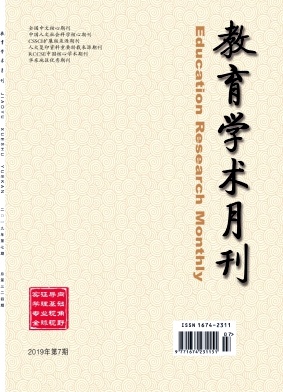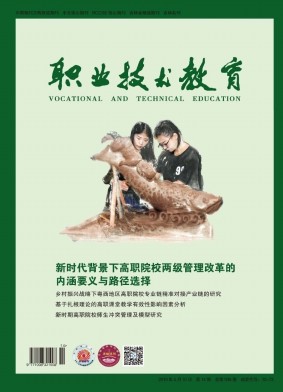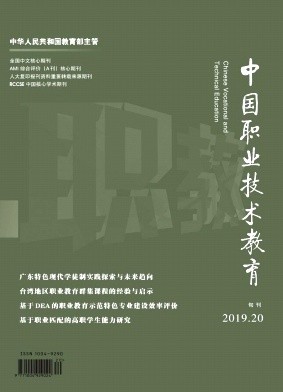摘要 本文基于2000-2014年国际对非洲援助的跨国面板数据,检验了以中国为代表的“南南援助”与以美国为代表的“北南援助”对非洲工业发展影响的差异。给定欧盟、日本以及世界银行国际援非事实,对同时期同一个非洲国家而言,来自中国的援助有利于非洲工业发展,美国援助为制约因素。美国援助有利于非洲服务业发展,中国无显著影响。综合看,中国援助有利于提升当地的经济总量。进一步检验作用机制发现:与美非间技术差距相比,中非间技术差距更适度,便于提高当地技术水平,且结果稳健。与国际援助相比,中国对非援助更有利于非洲工业实现内生增长。 This paper conducts an analysis of cross-country panel data on international aid to Africa from 2000 to 2014,using a wide variety of data sources to empirically examine the difference between the effect of“South-South”aid represented by China,and that of“North-South”represented by the United States with regard to African industrial development.The study finds that,given the impact of the international aid effect from the European Union,Japan and the World Bank on Africa,for the same African country over the same period,China's aid significantly promotes the development of the African industry,while US aid constitutes a constraint factor.However,US aid is conducive to the development of the service industry in Africa,while in this area China plays an insignificant role.Overall,China's aid is only conducive to increasing African economic growth on average.A closer examination of the action mechanism shows that compared to the technological gap between the United States and Africa,the one between China and Africa is more moderate,which essentially facilitates local absorption and learning.Robustness results suggest that,unlike the international aid effects,China's aid is more conducive to creating an endogenous growth model of African industry.
出处 《世界经济》 CSSCI 北大核心 2020年第11期3-27,共25页 The Journal of World Economy
基金 国家自然科学基金委项目(71973037) 国家社科基金重大项目(18ZDA039)的资助。
关键词 对非援助 工业发展 经济相近性 中美比较 foreign aid to Africa industrial development economic development distance compared China to US
分类号 F42 [经济管理—产业经济]




